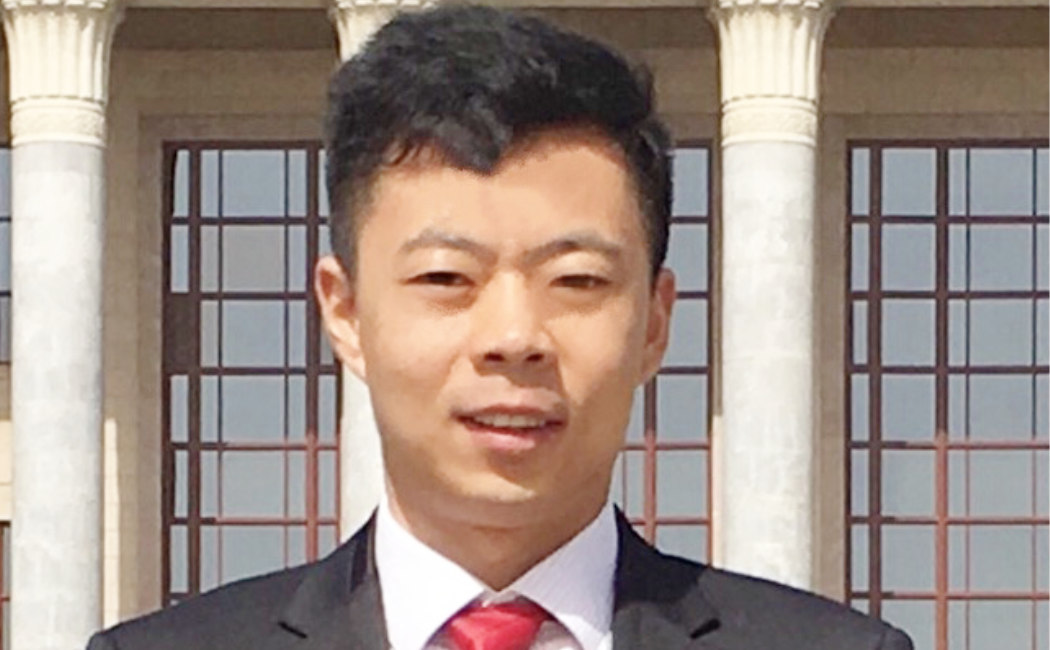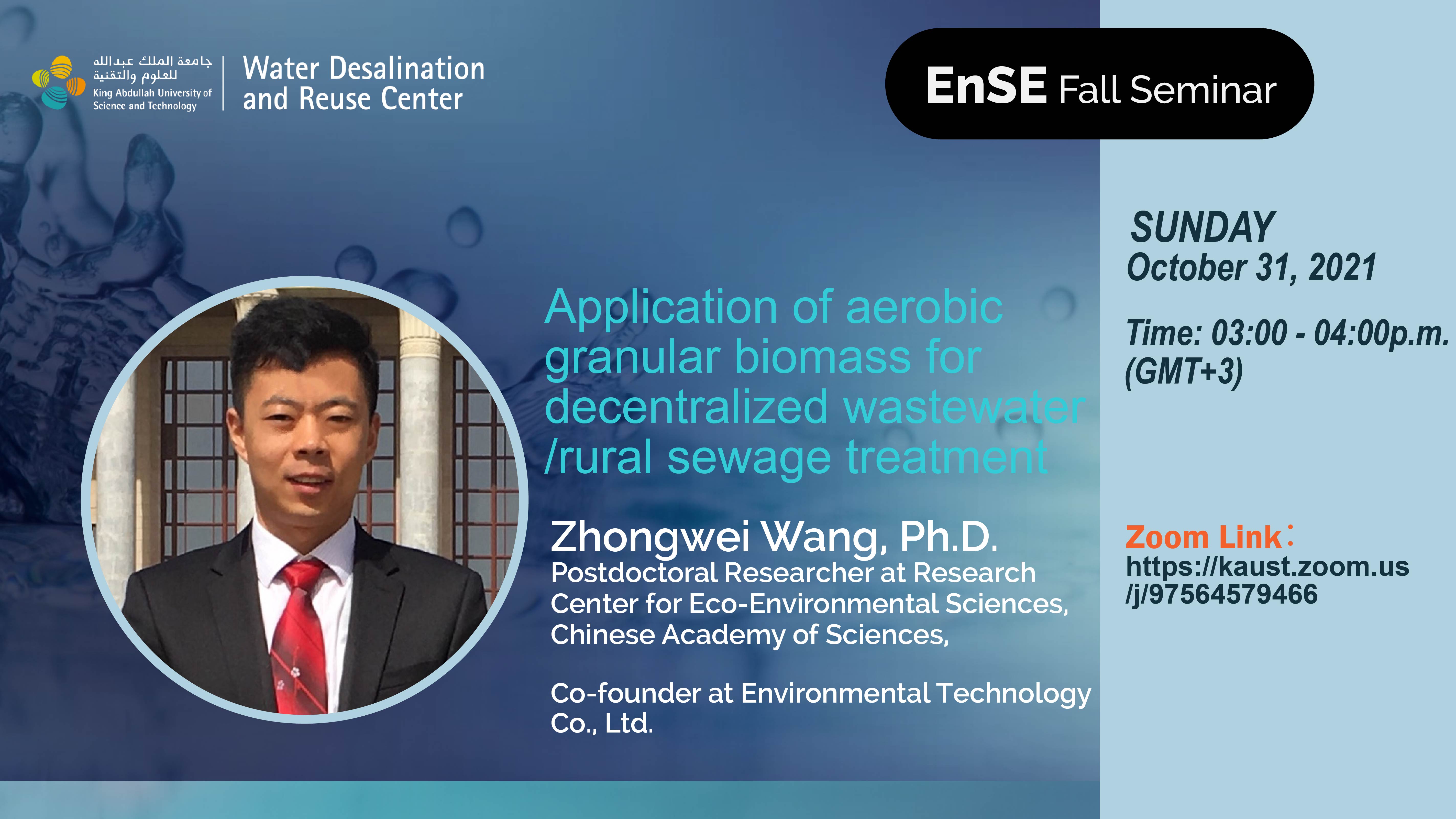



When: Sunday October 31, 2021 | 3:00 - 4:00 p.m. (GMT +3)
Join Zoom link: https://kaust.zomm.us/j/97564579466
Host: The WDRC Student Committee
Aerobic granular sludge technology, featured by its compact granular biomass, fast settleability and the ability of simultaneous carbon, nitrogen and phosphorus removal, has aroused the attention of many environmental scientists and engineers. Royal HaskoningDHV, a Dutch company commercialized this technology in late 2000s, and till to 2020 more than 80 plants has been built or under construction ranging from 5,000 P.E. to 2,400,000 P.E. These large-scale plants proved the advantages of AGS in CAPEX and OPEX over conventional activated sludge (CAS) process. However, application of this technology for decentralized wastewater / rural sewage treatment is not simply a scale-down. Two methods to overcome existing problems of rural sewage treatment will be discussed in this presentation. The one (AGS easy) is regarding how to make the AGS process as simple as possible which features by a new unpowered decanter. The other (AGS fast) is regarding how to form biological nutrient removal (BNR) aerobic granules fast and to maintain their stability by supplying enzymes and readily biodegradable chemical oxygen demand (RBCOD). Last but not least, the maintenance SOP and frequency will be discussed.
Bio:
Dr. Zhongwei Wang obtained his Ph.D. from the King Abdullah University of Science and Technology in 2017. Then, he moved to China to start an environmental technology Co., Ltd (Guiyang, China) as a co-founder and joined Research Center for Eco-Environmental Sciences, Chinese Academy of Sciences (Beijing, China) as a postdoc researcher in 2018. He participated more than 50 decentralized wastewater / rural sewage treatment projects and successfully broaden the application of aerobic granular sludge (AGS) technology. Currently, he has engaged in the AGS relevant products upgrading and plan to build a product matrix for decentralized wastewater / rural sewage treatment based on cutting-edge technologies such as anaerobic membrane bioreactors and sulphur-driven autotrophic denitrification.